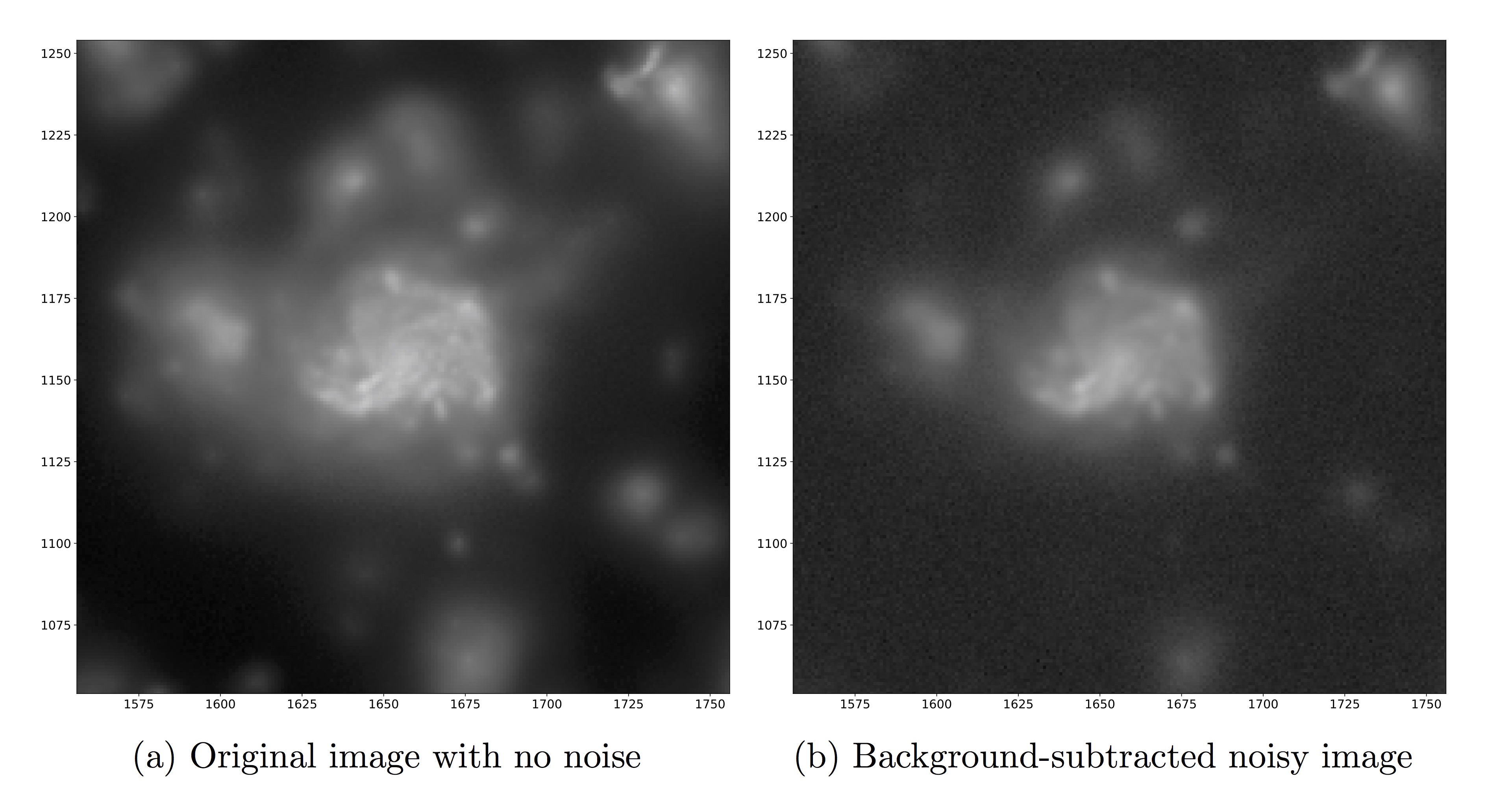

- REDSHIFT SPACE DISTORTIONS IN ILLUSTRIS HOW TO
- REDSHIFT SPACE DISTORTIONS IN ILLUSTRIS FULL
- REDSHIFT SPACE DISTORTIONS IN ILLUSTRIS SERIES
We demonstrate the ability of the model to separately constrain Ω m, σ 8 and α v in models that are constructed to have the same value of β at large scales as well as the same finger-of-god distortions at small scales. The parameters of the occupation function are well constrained by real-space clustering alone, separating constraints on bias and cosmology. The HOD approach to redshift-space distortions utilizes clustering data from linear to non-linear scales to break the standard degeneracies inherent in previous models of redshift-space clustering.
REDSHIFT SPACE DISTORTIONS IN ILLUSTRIS FULL
With this model, the full shape of the halo velocity DF can be accurately calculated as a function of halo mass, radial separation, angle and cosmology. We calibrate a model for the conditional probability function of densities around halo pairs on these simulations.
REDSHIFT SPACE DISTORTIONS IN ILLUSTRIS SERIES
Using a series of collisionless N-body simulations, we demonstrate that the shape of the velocity DF is determined primarily by the distribution of local densities around a halo pair, and at fixed density the velocity DF is close to Gaussian and nearly independent of halo mass. The velocity distribution function (DF) of halo pairs is a complex function with skewness and kurtosis that vary substantially with scale. Two-halo velocity statistics are a combination of virial motions and host halo motions.

We model one-halo pairwise velocities by assuming that satellite galaxy velocities follow a Gaussian distribution with dispersion proportional to the virial dispersion of the host halo. The model is constructed within the framework of the halo occupation distribution (HOD), which quantifies galaxy bias on linear and non-linear scales. The cosmological parameters of the model are the matter density Ω m, power spectrum normalization σ 8, and velocity bias of galaxies α v, circumventing the linear theory distortion parameter β and eliminating nuisance parameters for non-linearities. This work lays the groundwork for optimal joint analyses of RSD and cosmic shear.We present an analytic model for the galaxy two-point correlation function in redshift space. In light of this we propose a new radial weighting scheme which unmixes radial RSD scales in projection yielding competitive constraints to the 3D RSD power spectrum, while keeping the model bias small. This is true even in the limit of narrow tomographic bins. We find that because naïve tomographic projection mixes large scales with poorly modeled nonlinear radial modes, it does not provide competitive constraints to the 3D RSD power spectrum without the model bias becoming unacceptably large. Specifically we perform a Fisher analysis to forecast constraints and model bias comparing two different fingers-of-God models using both the 3D power spectrum P ( k, μ ) and tomographic C ( ℓ ). Thus, we determine the amount of RSD information that can be extracted using projected statistics. RSD is typically measured in 3D redshift space, but WL is inherently a projected signal, making angular statistics a natural choice for the combined analysis.
REDSHIFT SPACE DISTORTIONS IN ILLUSTRIS HOW TO
While photometric lensing and clustering cross-correlations have provided some of the tightest cosmological constraints to date, it is not well understood how to optimally perform similar RSD/WL joint analyses in a lossless way.

Future datasets will enable cross-correlations between redshift space distortions (RSDs) and weak lensing (WL).


 0 kommentar(er)
0 kommentar(er)
